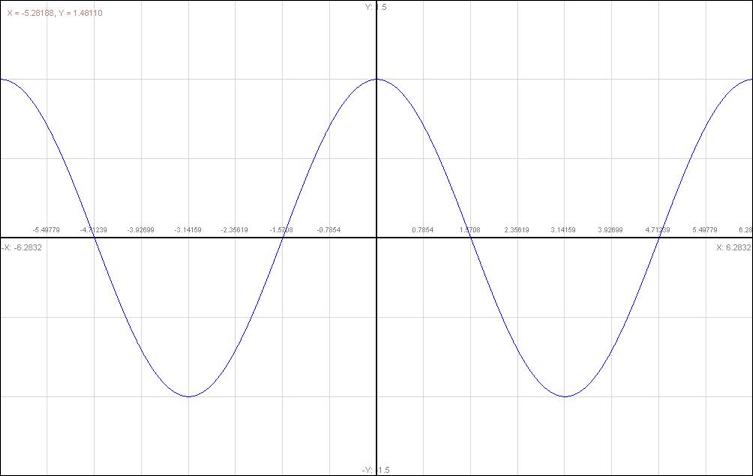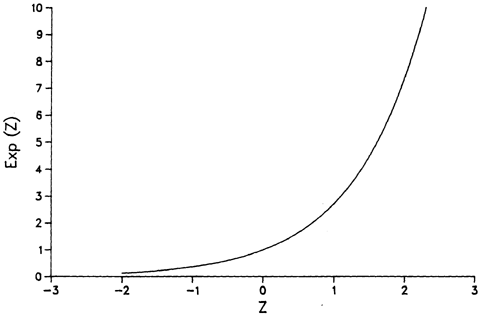(New page: testing) |
|||
| (3 intermediate revisions by one other user not shown) | |||
| Line 1: | Line 1: | ||
| − | + | [[Category:ECE301]] | |
| + | [[Category:periodicity]] | ||
| + | =Periodic versus non-periodic functions ([[Homework_1_ECE301Fall2008mboutin|hw1]], [[ECE301]])= | ||
| + | <span style="color:green"> Read the instructor's comments [[hw1periodicECE301f08profcomments|here]]. </span> | ||
| + | |||
| + | Definiton: A DT signal x[n] is called periodic if there exists an integer N such that x[n+N]=x[n] for all n. | ||
| + | |||
| + | ==Example== | ||
| + | x[n]=j^n, is periodical with fundemental period N0=4. | ||
| + | x[1]=j x[5]=j | ||
| + | x[2]=-1 x[6]=-1 | ||
| + | x[3]=-j x[7]=-j | ||
| + | x[4]=1 x[8]=1 | ||
| + | |||
| + | ==Example for a CT singnal== | ||
| + | [[Image:sine_ECE301Fall2008mboutin.jpg]] | ||
| + | |||
| + | ==Non Periodic Functions== | ||
| + | DT | ||
| + | Example: sin[n] is not a periodic DT signal because we need a value on N such that sin(n+N)=sin(n) for all n. Every possible multiple of N is is not an integer. Thus it is not periodic. | ||
| + | |||
| + | CT | ||
| + | [[Image:SIC52_ECE301Fall2008mboutin.gif]] | ||
Latest revision as of 07:26, 14 April 2010
Contents
Periodic versus non-periodic functions (hw1, ECE301)
Read the instructor's comments here.
Definiton: A DT signal x[n] is called periodic if there exists an integer N such that x[n+N]=x[n] for all n.
Example
x[n]=j^n, is periodical with fundemental period N0=4. x[1]=j x[5]=j x[2]=-1 x[6]=-1 x[3]=-j x[7]=-j x[4]=1 x[8]=1
Example for a CT singnal
Non Periodic Functions
DT Example: sin[n] is not a periodic DT signal because we need a value on N such that sin(n+N)=sin(n) for all n. Every possible multiple of N is is not an integer. Thus it is not periodic.



